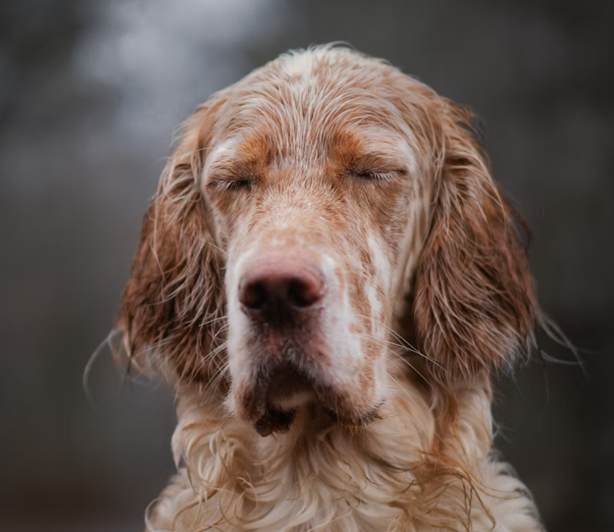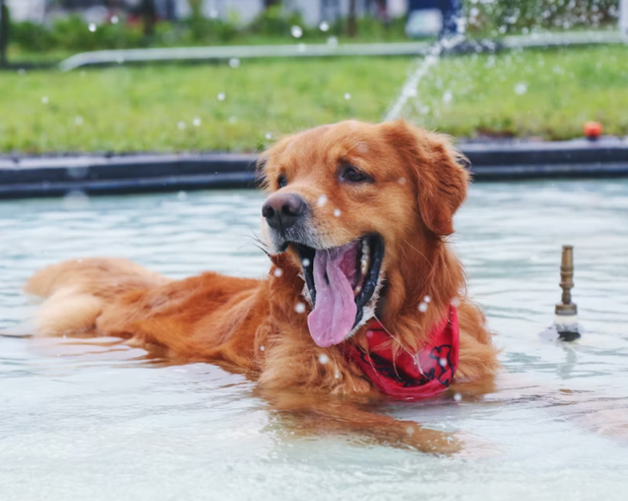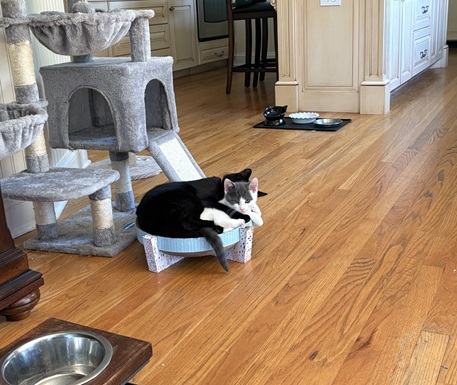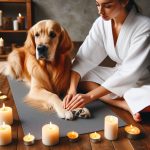Dog Seasonal Allergies: Natural Ways to Help Your Dog Feel Better

Dog Seasonal Allergies: Signs, Causes, and Natural Ways to Help Your Dog Feel Better. Just like people, dogs can suffer from seasonal allergies that appear in the spring, summer, or fall. These allergies are triggered by environmental factors such as pollen, mold spores, grasses, or weeds. Unlike human seasonal allergies that typically show up as sneezing and watery eyes, dog seasonal allergies often result in skin irritation, itching, and ear infections. Knowing how to identify the symptoms and treat your dog naturally and effectively can significantly improve your pet’s quality of life. (more…)
Summer Heat Safety Tips For Pets

Summer Heat Safety Tips for Pets: How to Protect Your Dogs and Cats From Overheating. As temperatures soar during the summer months, it’s crucial for pet parents to understand how heat affects their furry companions. Unlike humans, pets, especially dogs and cats, can’t regulate their body temperature by sweating. This makes them more vulnerable to heatstroke, dehydration, and other heat-related illnesses. By following simple but essential summer heat safety tips, you can help your pets stay cool, comfortable, and healthy all season long. (more…)
Is A Virtual Free Vet Consult Online Consultation Effective?

In 2025, pet parents are turning to technology for more accessible and affordable ways to care for their pets. One increasingly popular option is the virtual free vet consult, an online consultation that connects you with a licensed veterinarian through video call, phone, or live chat. But the question remains: Is a virtual vet consult actually effective? Let’s explore how these consultations work, what they’re best suited for, and how to get the most value out of them. (more…)
Cat Wellness: How to Keep Your Cat Healthy with Holistic Care

While regular veterinary visits and a proper diet are essential, a growing number of cat parents are exploring holistic care to support their cat’s overall wellness. Holistic cat wellness means treating the whole cat in mind, body, and spirit. And addressing not only physical health but also emotional and environmental well-being. In this article, we’ll explore how to keep your cat healthy using holistic care practices, the benefits of a natural approach, and how Petworks can help you connect with trusted holistic pet professionals. (more…)
How To Create A Pet Care Schedule To Keep Your Dogs and Cats Healthy

Creating a structured pet care schedule is one of the most effective ways to ensure your dogs and cats live long, healthy, and happy lives. Just like people, pets thrive on routine. Whether you’re a new pet parent or want to improve your current routine, a clear schedule helps you stay on top of feeding, grooming, exercise, veterinary visits, and more. In this guide, we’ll walk you through how to build a realistic and effective pet care schedule that fits both your lifestyle and your pet’s needs. (more…)


